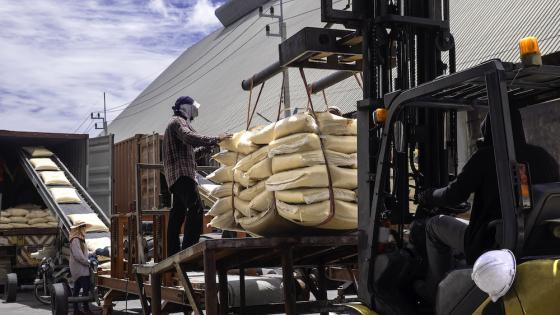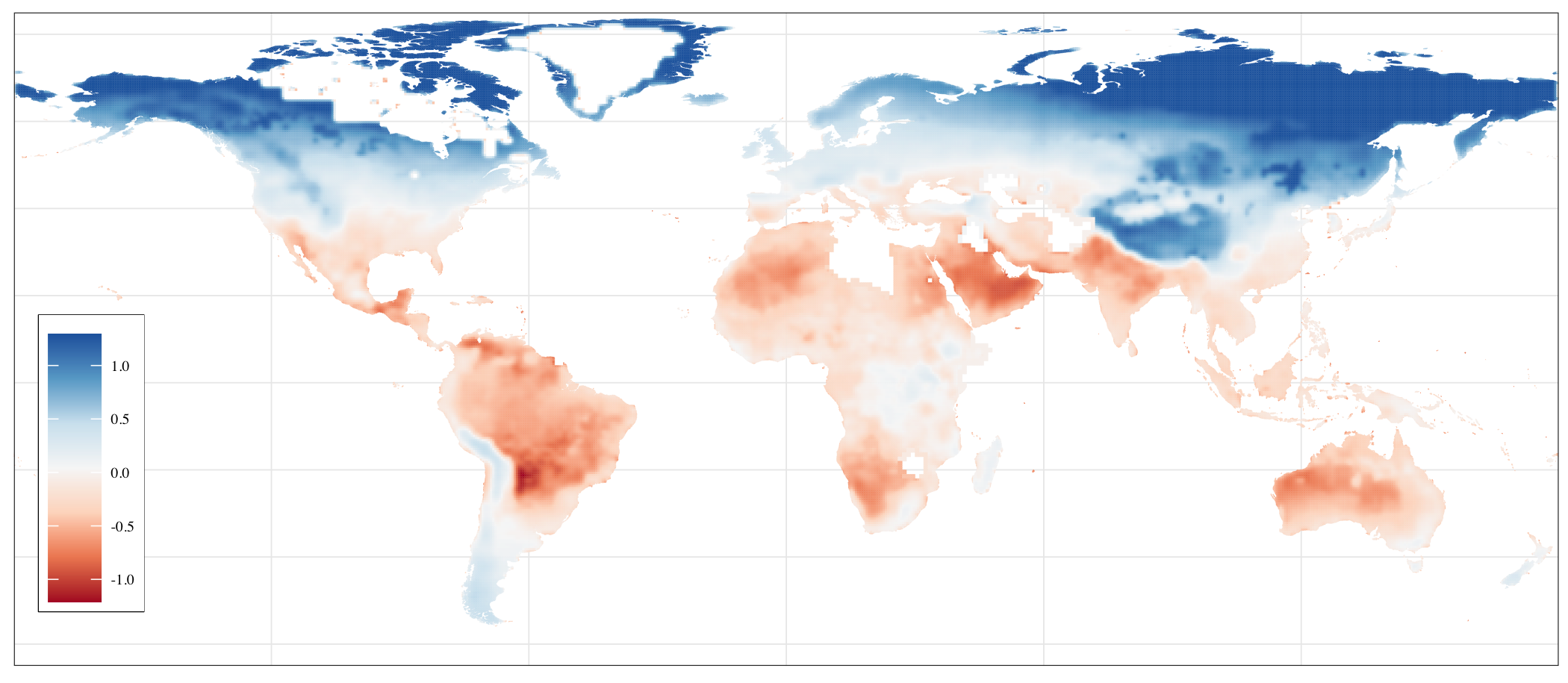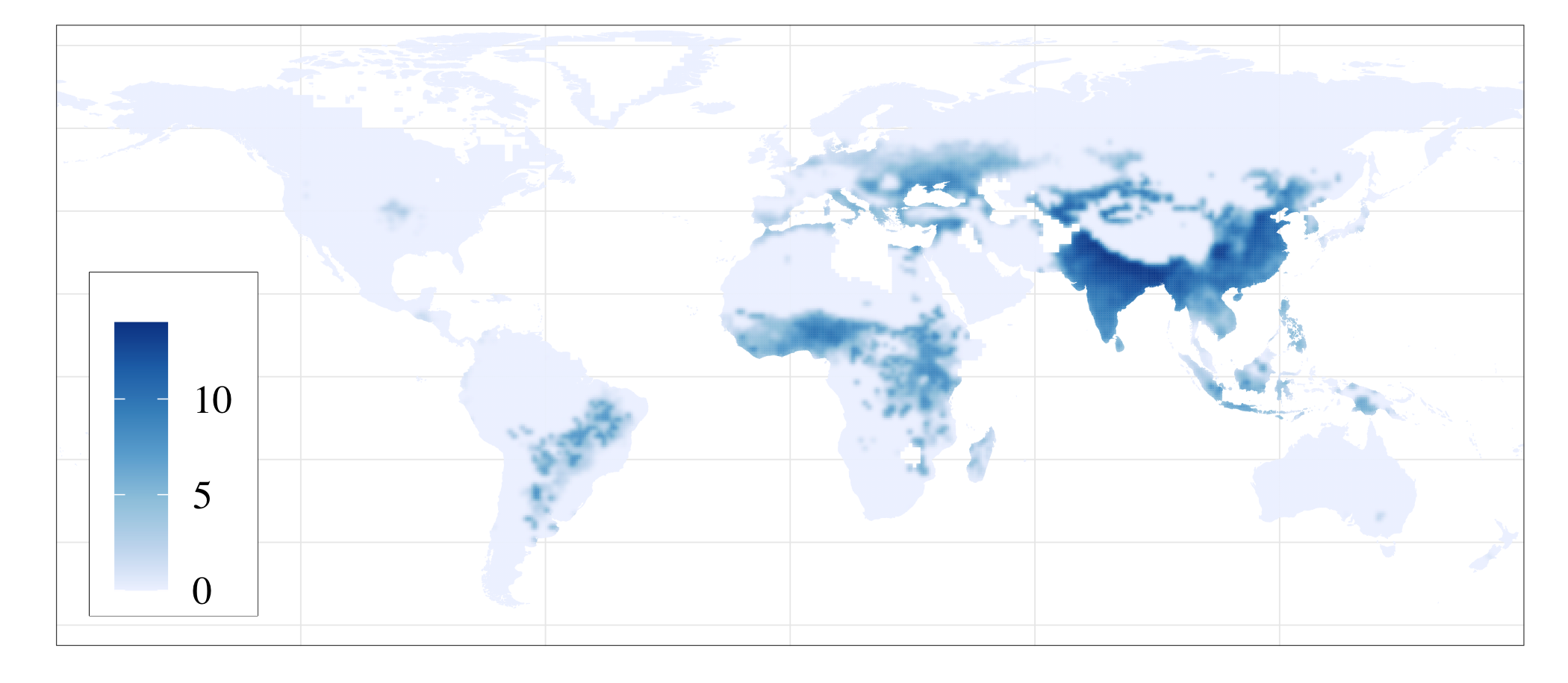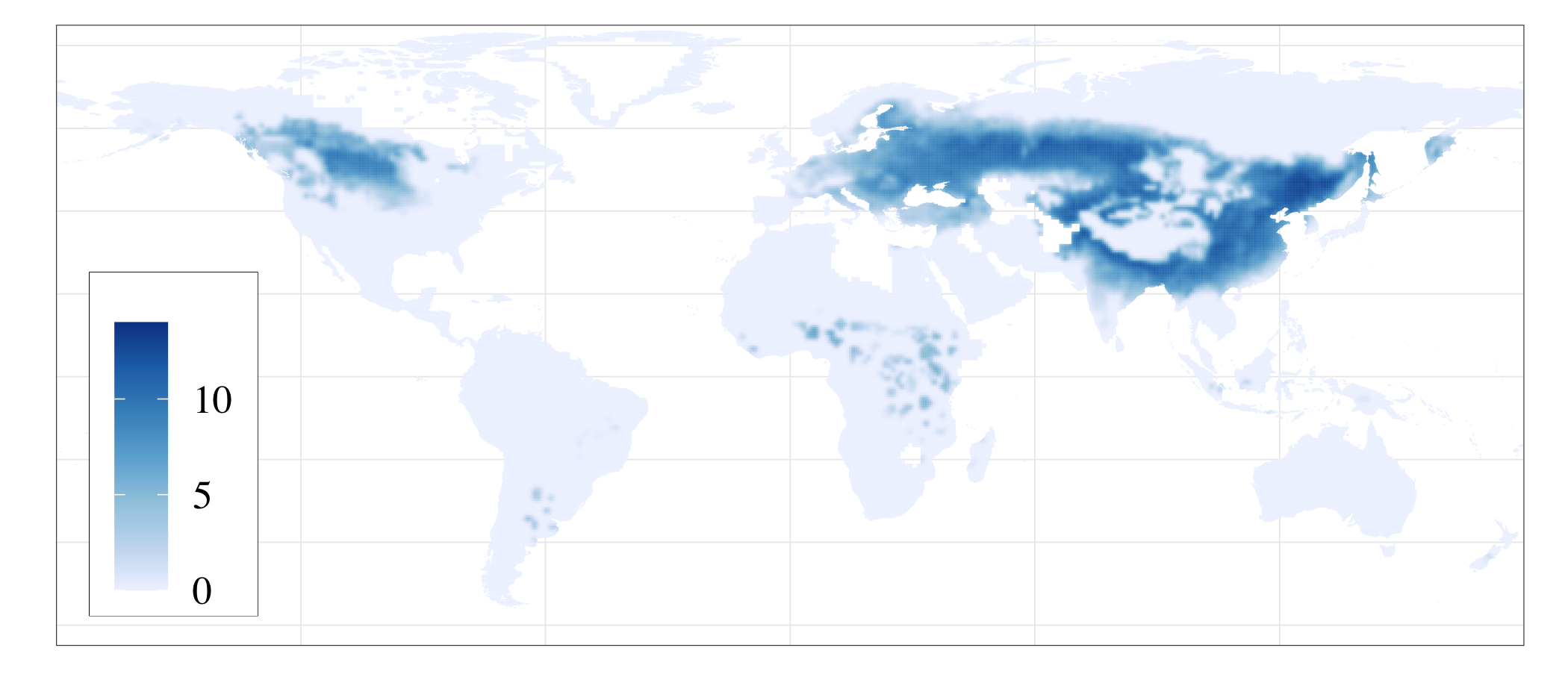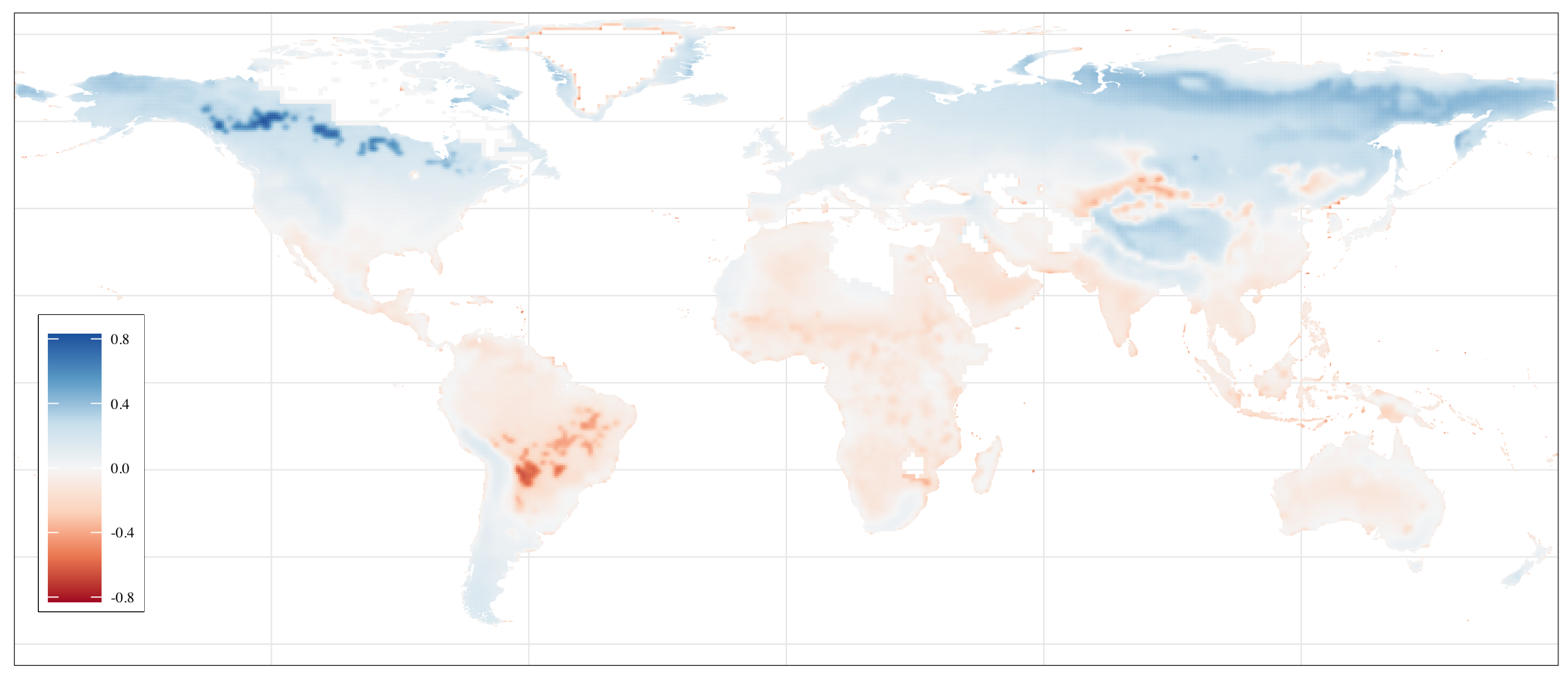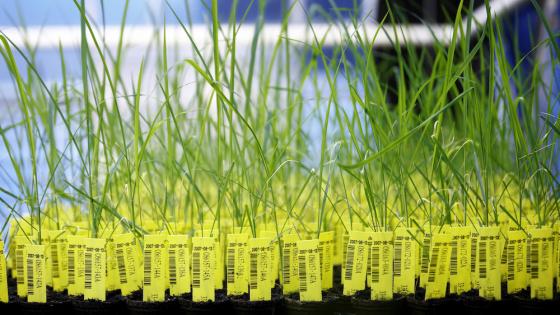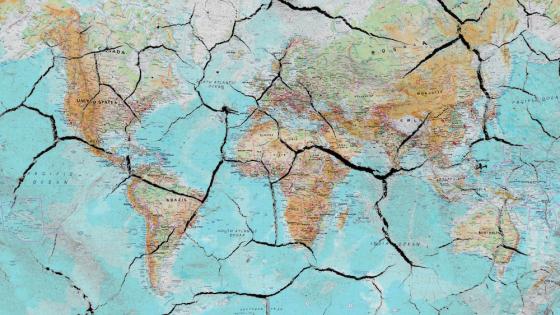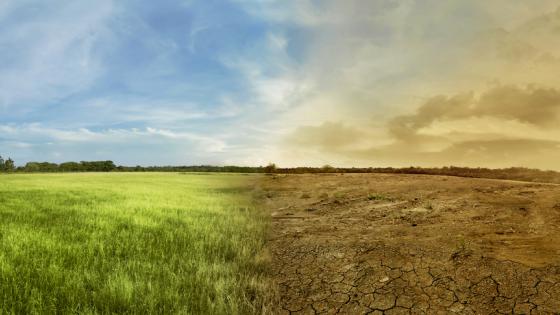In discussing trade policy in the context of climate change, some people are quick to argue that trade might have to be restricted. After all, trade involves transportation, and unfortunately, transportation is an important source of carbon emissions. In addition, there is growing support for carbon border adjustments, a tariff on carbon-intensive imports (e.g. Elliot et al. 2010, Mehling et al. 2019, Farrokhi and Lashkaripour 2020, Kortum and Weisbach 2020).
Yet, by facilitating locations to switch specialisation, trade may also be a powerful way to mitigate the negative economic effects of global warming. The underlying logic of this claim is straightforward. The impact of rising temperatures depends both on location (e.g. southern Canada or equatorial Africa) and occupation (e.g. farmer or service worker). As such, climate change can be thought of as a shock to comparative advantage. Faced with such a shock, locations are bound to respond by changing their specialisation patterns.
Needless to say, the strength of trade as an adaptation mechanism to climate change depends on the ease of switching production across sectors. Moving out of farming may not be so helpful if the rest of the economy suffers from low productivity. And if trade is costly, goods have to be sourced locally, limiting the scope of switching to other activities. If adaptation through changing specialisation is difficult, we may see a rise in migration instead.
To assess the role of trade, specialisation, and migration in responding to climate change, in Conte et al. (2020) we develop a high-resolution, two-sector dynamic model of the globe with costly trade and migration. The model includes both the effect of temperature on productivity and the effect of production on emissions, the carbon stock, and rising temperatures. After discretising the world into 64,000 one degree by one degree grid cells, we simulate the model forward for several centuries. Our assessment assumes fossil-fuel-intensive economic growth, consistent with a 1,200 gigatons of carbon (GTC) increase in the stock of carbon and a 3.7°C increase in global temperature by the end of the 21st century. This corresponds to the so-called Representative Concentration Pathway (RCP) 8.5 used by the Intergovernmental Panel on Climate Change (IPCC).
The geography of sectoral specialisation
Global warming does not dramatically change the spatial distribution of the population. Today’s most densely populated regions, such as western Europe, India, and eastern China, continue to be the frontrunners 200 years from now. But there are obviously winners and losers: northern latitudes gain at the expense of the Arabian Peninsula, northern India, western Australia, northern Africa, Brazil, and Central America (see Figure 1).
Agricultural production becomes geographically more concentrated over time, but its location changes dramatically because of rising temperatures (see Figure 2). By the year 2200, if there were no climate change, South America, sub-Saharan Africa, India, eastern China, and eastern Europe would become the world’s breadbaskets. In contrast, with global warming, Canada, Russia, and Central Asia will become the world’s most prominent agricultural producers. These regions have high fundamental productivity in agriculture, but in today’s world suffer from a large productivity penalty because of their cold temperatures. As the globe warms up, they emerge as major players in agriculture.
Figure 1 Climate-induced log difference in population in the year 2200
Figure 2 Agricultural output in the year 2200 without climate change (top) and with climate change (bottom)
What happens to the equatorial regions of South America and sub-Saharan Africa that become inhospitable to agriculture? Although they move into non-agricultural activities, they fail to thrive. Unfortunately, their original productivity in non-agriculture is not high. In addition, though less sensitive to temperature, non-agricultural production is most productive in temperate zones. While trade provides them some respite, they still fall behind.
Aggregate effects
At the level of the global economy, rising temperatures are predicted to lower real GDP per capita by 6% by the year 2200. The negative impact on welfare is 15%, two and a half times larger. The greater welfare penalty stems from global warming benefitting locations at more polar latitudes, where natural amenities tend to be worse. In Cruz and Rossi-Hansberg (2021), where higher temperatures improve amenities at northern latitudes, the welfare losses are less extreme and commensurate with the effects on real GDP.
Maybe surprisingly, climate change enhances global productivity growth in agriculture, despite farming being sensitive to temperature. By shifting agriculture to regions with relatively high fundamental productivity, climate change is a net positive for agricultural productivity. Global employment in agriculture also declines due to climate change. This occurs because agriculture relocates from regions where labour is abundant, such as India, to regions where land is abundant, such as Russia.
Trade and climate change
When trade costs are higher, climate change leads to more relocation from regions close to the equator to northern latitudes (see Figure 3). This suggests that trade and migration are substitutes in their response to climate shocks. If the scope of trade to act as an adjustment mechanism to climate change is hampered because of higher costs, migration becomes a more attractive adjustment mechanism. That is, if people in sub-Saharan Africa and Latin America cannot sufficiently switch to other sectors because trade is too expensive and agricultural products need to be locally sourced, then climate change will incentivise them to pack their bags and move to more northern latitudes.
Figure 3 Climate-induced log difference in population with trade costs 50% higher minus climate-induced log difference in population with trade costs 50% lower than baseline (year 2200)
In the aggregate, how do trade costs affect the climate-induced losses in real GDP per capita? There are two opposing forces at work. On the one hand, when trade costs are higher, there is less scope to respond and adapt by changing sectoral specialisation. This makes the world more vulnerable to climate change. On the other hand, when trade costs are higher, climate change incentivises people to move to temperate zones that in the long run end up being less affected by rising temperatures. This makes the world less vulnerable to climate change. Our model predicts the latter effect initially dominating the former, with the relationship eventually reverting.
While trade has certainly some direct negative effects on emissions, our work suggests that we should think of climate change as a shock to comparative (and sometimes absolute) advantage. The possibility of responding to this shock by either shifting specialisation patterns or by migrating are bound to be first-order adaptation mechanisms.
References
Conte, B, K Desmet, D K Nagy and E Rossi-Hansberg (2020), "Local Sectoral Specialization in a Warming World", CEPR Discussion Paper 15491.
Cruz, J L and E Rossi-Hansberg (2021), “The Economic Geography of Global Warming”, CEPR Discussion Paper 15803.
Elliott, J, I Foster, S Kortum, T Munson, F P Cervantes and D Weisbach (2010), “Trade and Carbon Taxes”, American Economic Review: Papers and Proceedings 100: 465-469.
Farrokhi, F and A Lashkaripour (2020), “Trade, Firm-Delocation, and Optimal Environmental Policy”, unpublished manuscript, Purdue University.
Kortum, S and D Weisbach (2020), “Optimal Unilateral Carbon Policy”, unpublished manuscript, Yale University.
Mehling, M, H van Asselt, K Das and S Droege (2019), “What a European ‘Carbon Border Tax’ Might Look Like”, VoxEU.org, 10 December.
